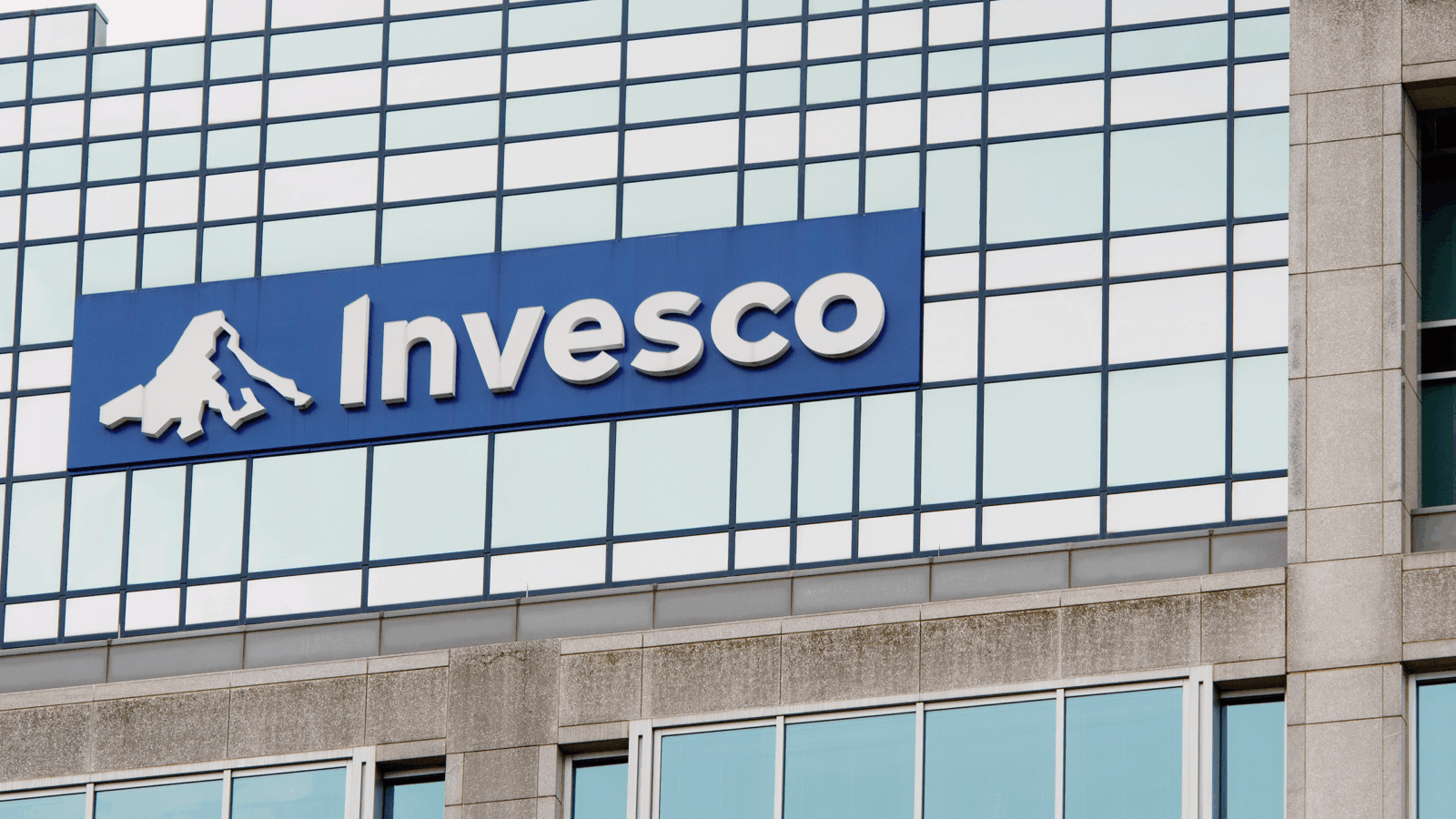Good morning and happy Monday.
The wait is almost over. That’s right, international boyband sensation BTS will soon be fully reunited. The South Korean institution has been on hiatus since 2022, as its seven members went into mandatory military duty. The final member of the group remaining in service, Suga, will be discharged this week, to the delight of millions.
This might seem to be an unusual place for that news, but the ETF world could actually take a lesson from the success of BTS, which is arguably the most popular act in history. Two of the bands’ music videos — for the songs “Dynamite” and “Butter” — reached 100 million views faster than any others before them. Coincidentally, 100 million is the amount of US dollars that can help predict an ETF’s success, according to a white paper last week from Broadridge. Of ETFs launched in the past three years, 11% were able to attract $100 million or more during their first year.
Coincidentally, the Jakota K-Pop and Korean Entertainment ETF liquidated in April after struggling with sales. As BTS might say, “Life Goes On.”
Who Benefits Most from Dual-Share Class ETFs?

The benefits of dual share classes may not be shared with the whole class.
With ETF dual share class approval likely around the corner — and as asset managers continue to convert their existing mutual funds into exchange-traded funds — advisors and fund managers are busy preparing to offer the structures to clients. Even Vanguard, the only company to offer the structure before its patent expired in 2023, recently filed as well. The strategy would help mutual fund shareholders avoid unwanted capital gains distributions and retirement savers who would gain access to ETF share classes of traditional mutual funds in their 401(k)s. Mutual funds in general may become obsolete, said Osaic’s chief market strategist Phil Blancato. “The seesaw from mutual fund to ETF asset flows is going to flip so significantly that we’ll be surprised by it, if not shocked by it,” he told ETF Upside.
Knowing which clients to provide dual share classes to — and what types of accounts stand to benefit the most — is key for advisors looking to maximize portfolios.
Capital Gains Pains
As the floodgates open and allow for a broadly available multishare class structure for the first time ever, experts say advisors need education, and a plan in place, to ensure they’ll stay ahead of the curve. Some clients with unrealized capital gains receive distributions, wanted or not, from an actively traded mutual fund every time there’s a tax event or active trading. Dual share classes can help them avoid this because ETF securities can change hands without a distribution, said Brian Spinelli, Halbert Hargrove’s co-chief investment officer. “This could really help us get away from some traditional mutual funds that clients have had to sit on for years, if not decades, because of capital gain issues,” he said.
Three other pros of the structure will benefit clients with retirement accounts, according to Blancato:
- Savings: ETFs’ cheaper fees, lower administration costs, and tax efficiencies will make them a key tool for clients looking to maximize their retirement contributions. (Recent research shows brokerages stand to lose up to $30 billion in fees following approval.)
- Transparency: Shareholders will be informed more frequently where their money is going due to ETF reporting standards.
- Flexibility: Dual share class approval will allow for investing in the mutual fund equivalents of ETFs that might not be allowed in certain 401(k)s because of companies’ rules against including them in retirement plans.
Back to School: Another necessity is educating both clients and advisors — particularly in a world where mutual funds may play a diminished role in the investment landscape. “Seventy percent of the country’s assets are with people over the age of 65 who have no idea what they’re invested in,” Blancato said. “There’s got to be something that says: ‘Hey, your account is going to change. You might notice some changes. Here’s why.’ I think that’s going to be critically important.”
Single-Stock ETF Market Swells With Firehose of New Products
2025 is shaping up to be the year of the single-stock ETF.
While the number of leveraged single-stock ETFs in the US more than doubled in the first four months of the year, things may just be getting started. In the past few weeks alone, dozens of such products have been filed for registration with the Securities and Exchange Commission. Those include 10 ETFs from Themes, 14 from Defiance, and 12 from LevMax. To put those numbers in perspective, there were a total of 42 leveraged single-stock ETFs on the market at the beginning of the year, according to Morningstar Direct data. The first such products appeared after the SEC approved the concept in 2022.
“Retail investors have long desired to have institutional trading options for a long period of time, but they’ve been hamstrung, because options can be difficult, shorting can be difficult, and there are all sorts of risks that can be associated with those things,” said Paul Marino, chief revenue officer of Themes ETFs.
Triple Threat
The most aggressive of the proposed products are the triple-leveraged LevMax ETFs. Those funds have “a predetermined upside return cap” but also seek to limit downside by “matching any negative performance of the underlying security on a one-to-one basis,” the prospectuses state.
Themes, whose US ETF assets just surpassed $100 million, would seek “accelerated returns” with caps on the potential upside on five ETFs using at-the-money calls with a one-month expiration. The upside cap would come from selling two call options.
“This is just an innovative way to use period-certain leveraged exposure to some of the most popular names,” Marino said. “It’s a way to offer accelerated returns without taking accelerated risk.”
Other ETFs in the works take different approaches:
- The unleveraged YieldMax Option Income ETFs would seek to provide current income, having indirect exposure to share prices and a limit on potential gains. The 12 proposed ETFs would focus on individual stocks including those of GameStop, Uber and Spotify.
- The 14 Defiance Leveraged Long + Income ETFs would use leverage of 150% to 200% on stocks including Apple, Meta, and Tesla. They would generate income by writing credit call spreads, according to fund documents.
Rolling the Dice: The rise in leveraged ETFs “is super-connected with this surge in sports betting we’ve seen,” said Victor Haghani, founder of Elm Wealth. While there is a potential use case for young investors with low financial capital having some leverage via an S&P 500 ETF, even that instance would be difficult to justify, he said. With $100 invested in a 2X ETF, for example, “the cost of leverage is always going to be much higher than Treasury bills,” he said. “That second $100 (of exposure via leverage) isn’t really giving you anything.”
There is no case for leveraged single-stock ETFs, he said. Even if a stock were to maintain its price over time, any volatility would lead to leveraged ETFs rebalancing often and creating a drag on net returns, not to mention fees, he said. “What you get is not what most people think they’re going to get.”
Invesco Hires Crypto Product Leader from JPMorgan

Invesco means business when it comes to crypto.
The asset manager last week brought on a global head of digital assets, hiring JPMorgan alum Kathleen Wrynn for the newly created position. Wrynn, who most recently was executive director of global technology strategy at JPMorgan, oversees the strategic direction and management of Invesco’s digital asset portfolio. That extends beyond the firm’s $1.6 billion in digital assets ETFs, including tokenized assets and cryptocurrencies more broadly, a company spokesperson told ETF Upside.
“She will work closely with the global technology organization to identify and lead opportunities to leverage blockchain technology, such as initiatives to tokenize our funds and integrate digital assets into our investment strategies,” the spokesperson said.
Extra Upside
- Righteous Gemstones: A look at the costs of faith-based ETFs.
- Steady Hand: Three ETFs that can help add stability to portfolios.
- Active Cultures: The number of actively managed ETFs has surpassed passive ones.
ETF Upside is written by Emile Hallez. You can find him on LinkedIn.
ETF Upside is a publication of The Daily Upside. For any questions or comments, feel free to contact us at etf@thedailyupside.com.
